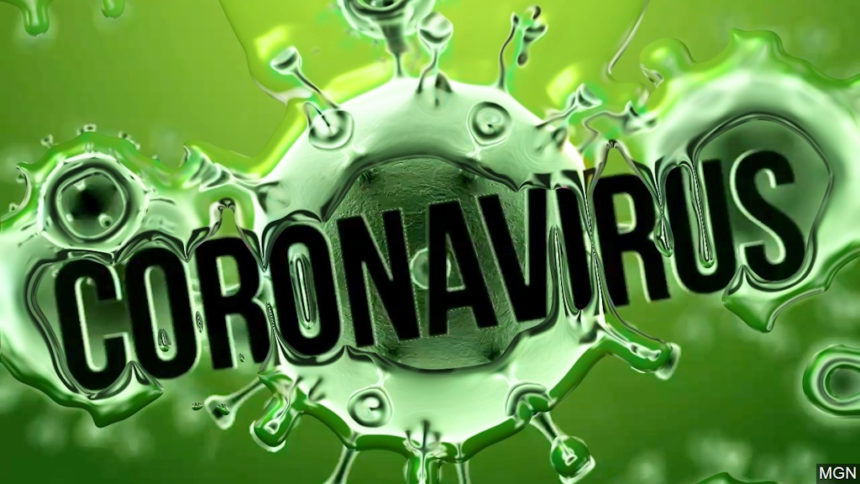Wash. state coronavirus death toll hits 40

SEATTLE (AP) — The death toll from the new coronavirus in Washington state jumped to 40 on Saturday when King County health officials reported three new fatalities — two from the nursing home that’s been the epicenter of the outbreak.
Two men in their 80s who were residents of Life Care Center in Kirkland died at area hospitals, officials said. A woman in her 70s died at Swedish First Hill, they said. Ninety-five Life Care employees were symptomatic as of Friday night and 47 tested positive for COVID-19, while 24 were negative, King County health said.
Washington state reported Saturday that statewide, almost 650 people have tested positive in 16 counties across the state. As of Friday, Idaho has reported two confirmed cases and Oregon reported at least 30 cases.
Washington state health officials are fighting the new coronavirus on two fronts — containment, while trying to ensure hospitals can care for people who become sick, and to date, they have not received the equipment they need, officials said.
“We’re still working on slowing the spread but also trying to plan on how to expand beyond the walls of our current health care system,” Dr. Kathy Lofy, state health officer, told The Associated Press.
The increase in people visiting clinics with respiratory symptoms is straining the state's supply of personal protective gear worn by health care workers, officials said.
The federal government has sent Washington state tens of thousands of respirators, gowns, gloves and other protective gear for health care providers, but it’s not enough, said Clark Halvorson, Assistant Secretary of Health for Public Health Emergency Preparedness and Response.
Gov. Jay Inslee has prohibited gatherings and events of more than 250 people across all of Washington in an effort to slow the spread of the disease. He also closed all K-12 private and public schools until April 24.
“We’re doing this for the health of all Washingtonians,” he said Friday.
Health officials look at the health system in terms of “space, staff and stuff,” Lofy said, meaning they have to count bed space, consider their staffing limitations and tally the ventilators and medication.
Officials continue to hold meetings to assess the number of intensive care unit beds available in state hospitals and whether they can add more, as well as other needs, she said.
State health officials have received two shipments of personal protective equipment from federal agencies: 595,940 N-95 respirators; 508,206 surgical masks; 63,688 face shields; 97,850 surgical gowns; and 240,376 gloves, according to the governor’s office.
But it’s not enough, they say.
“The Department of Health appreciates our federal partner’s efforts to meet our needs for PPE throughout this response through the Strategic National Stockpile,” Halvorson said. “This support, however, falls far short of meeting the needs of our medical system, first responders, public health, and care facilities — forcing us to prioritize requests based on greatest need.”
Due to the demands on the protective equipment, Halvorson said the health department is partnering with the Emergency Management Division and Department of Enterprise Services to identify other sources for the equipment.
“This is a national problem as well,” he said. “It is critical that the federal government work with supplies to increase production of PPE to ensure our health care providers have the protection they need to safely provide care.”
Testing for the disease is also a concern.
More than 7,000 people have been tested for COVID-19 in Washington, but they need to do more, Lofy said.
“We’re doing everything we can to increase testing capacity,” she said.
While more test kits are becoming available for the labs, she said they’re starting to run short on some of the materials to take the samples from people, including the swabs and the liquid the swabs go in.
Testing is available through four labs in Washington state and the turn-around time was 24 to 48 hours, officials said. The public health lab had the capacity to test 300 people per day. The University of Washington could handle 2,200 tests a day with a 24-hour turn-around.
Two private companies, LabCorp and Quest, were also conducting tests. Quest could do about 1,250 per day while LabCorp could handle several hundred and were working to expand their capacity to thousands per day.